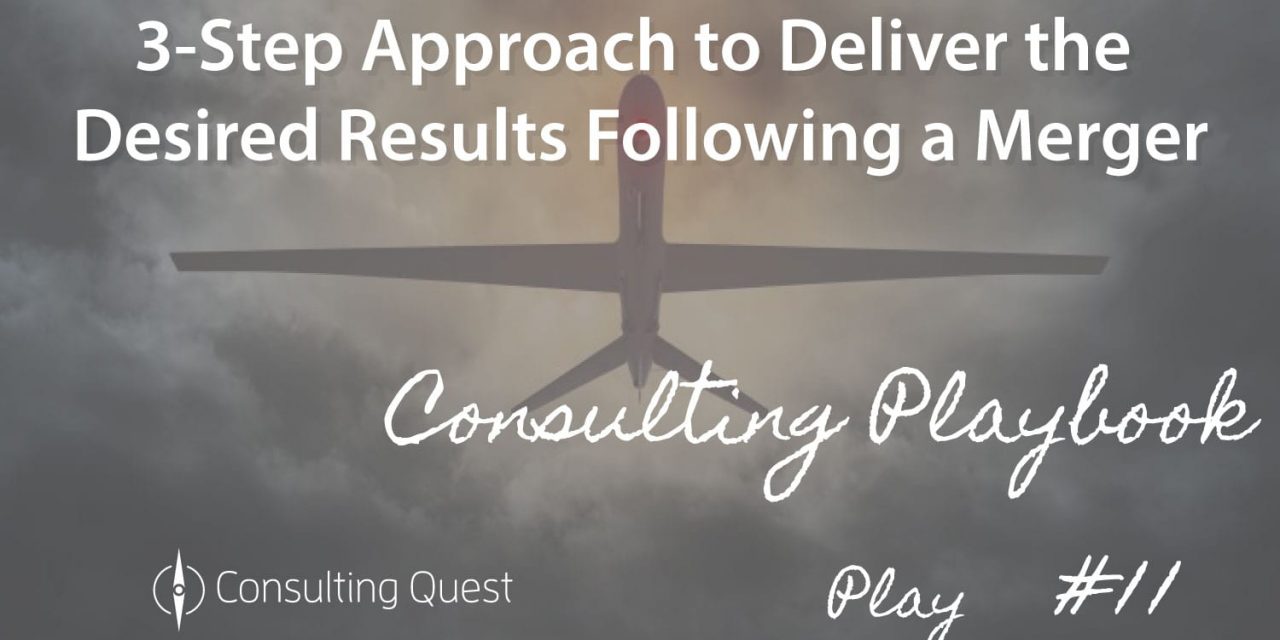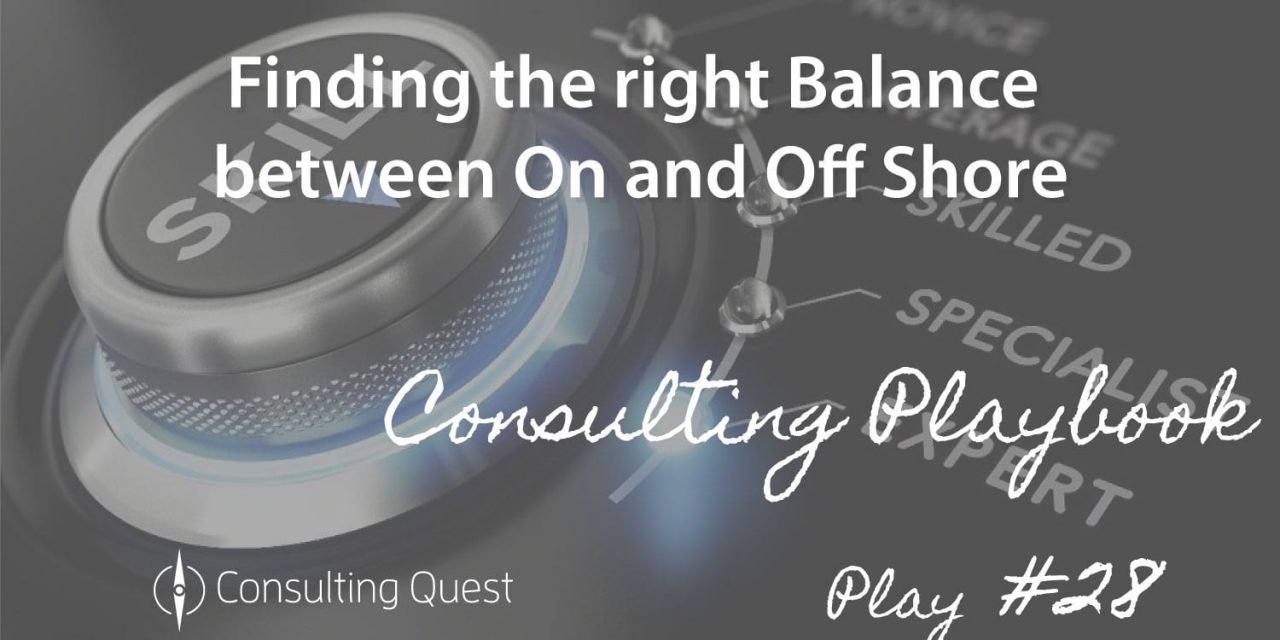
Consulting Playbook: Creating and deploying an effective Company Culture
The Consulting Playbook, Edition #24
A leading European energy company (with a US division) constructing a nuclear enrichment facility in the US was presented with several challenges, including the lack of a cohesive leadership team.
With the facility being located in a small town, hiring, relocating and providing services was difficult. Over the course of 18 months, the number of staff grew solidly from 6 to over 200 employees, plus more than 1,000 contractors.
To the whole team, this project was especially important. They had the opportunity to be involved in something new from the ground up and to utilize their rich professional experience. The staff boasted a mix of backgrounds (experience, geography, culture) which made coming to agreements difficult and the project went through changes in direction and priorities.
A prior operations manager created a divisive environment between those designing and constructing the facility and those that would operate it. The priorities and values of people working on the project were coming into conflict and people questioned the decisions being taken.
The operations manager was replaced and a new chief nuclear officer did an excellent job in getting everyone on the same team and clarifying priorities and plans. The leadership team became a more cohesive unit and wanted to take time at one of their off-sites to work on improving how they worked together – particularly around team communications and decision-making.
In addition, the leadership team recognized that the company was at a critical point in its growth, they wanted to create a unifying culture with clear behavioral expectations of everyone involved in the project – both employees and contractors. The company had a set of values that the US division needed to reinforce in their daily interactions and adapt to the current stage of the company’s growth.
Assisting the Leadership Team in Creating of an Effective Company Culture
The Consultant hired on the project, helped the executive team in the exploration of the personal styles of team members, and the creation of behavioral descriptors for the company’s culture.
The Myers-Briggs Type Indicator was applied to better understand personal preferences for getting information and making decisions. The executive team reviewed the conceptual aspects of MBTI and performed exercises to apply the theory. Team members worked on understanding how best to communicate with each other when their individual needs and preferences differed. Gaps that could affect problem solving, potential for “group think” and potential for conflict, were identified.
The leadership team defined the culture they wanted to create that embodied the company’s values. Research into the present cultural attributes was conducted and the results provided a baseline against which to evaluate desired changes. The leadership put together a plan of action for communicating the cultural expectations to the entire team.
The Success Achieved
The team acquired a deeper understanding of the personal needs of the team members and their decision-making process. The potential for “group think” and for conflict was evaluated to pursue more effectively team goals, and resolve weaknesses, risks and conflicts.
As the employees and contractors were experiencing a set of different cultures, a new unifying vision of one common culture was crafted with behavioral examples to emulate and apply. This new vision would serve as guideline for the rest of the organization.
Additional Information
How to Better Communicating One Unifying Culture
Cultivating team work and a collaborative spirit is based on the idea that synergy is a superior level performance than separate individual approaches. Many people agree with that, so the challenge is mainly in putting forth the effort to create that synergistic state even though many organizations struggle to intertwine diverse backgrounds and experiences.
Here are few short cuts and proven ideas to create a unifying culture:
- Clearly communicated expectations from the executive team to all team members. Processes and positions, timelines and steps are all defined. All are open to collaboration and inputs.
- Values are identified, written and all members are familiar with them.
- Friendly and respectful communication is to be followed all the time even when challenges, difficulties and issues arise.
- Establish a fair system for teamwork to be rewarded and recognized. Compensation, bonuses, and rewards depend on collaborative practices as much as individual contribution and achievement.
- Provide honest and consistent feedback. Be open to input from all team members.
- Create opportunities for retreats, planning sessions, seminars and team building activities.
- Plan fun activities – there are plenty of ways to do some fun stuff as a team, from sports events, games and competition, to parties and team dinners.
- Celebrate team successes. People like to be acknowledged for their achievements and effort. Give rewards, certificates, even t-shirts and other gift items will go a long way.
For Further Reading –
About The Consulting Playbook
The Consulting Playbook is a collection of posts designed to offer insights into how businesses and their executives can utilize consulting as a strategic lever to boost performance. Each Consulting Playbook post is broken down into a few elements: Case Study, Additional Information regarding the technical application, and Additional Links related to the topic.
Hélène Laffitte is the CEO of Consulting Quest, a Global Performance-Driven Consulting Platform and author of “Smart Consulting Sourcing”, a step by step guide to getting the best ROI from your consulting. With a blend of experience in Procurement and Consulting, Hélène is passionate about helping Companies create more value through Consulting.




